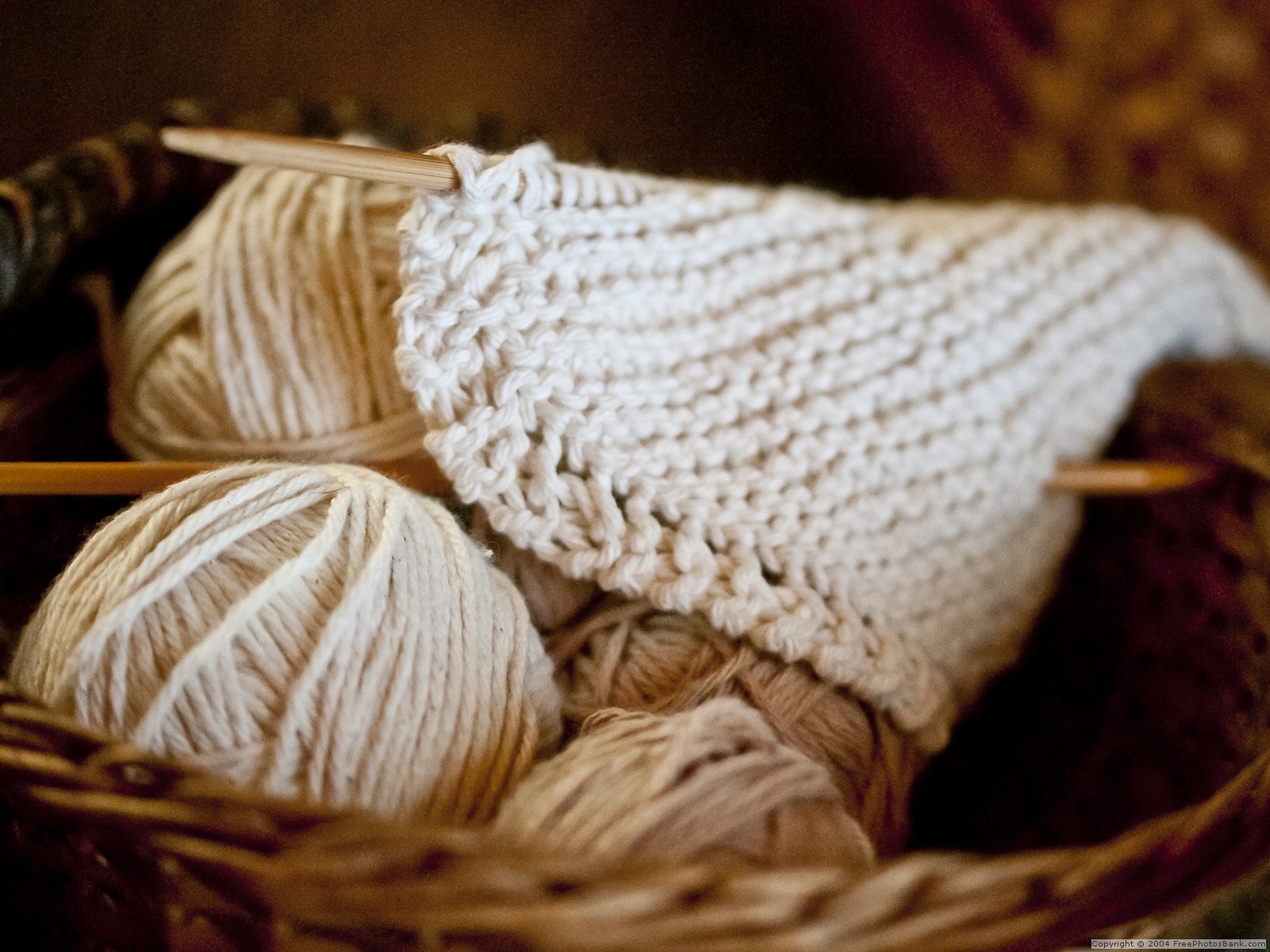If you’re the kind of knitter who has explored patterns beyond basic scarves or hats, you’ve likely started to encounter a lot of new kinds of pattern instructions. In fact, every new project you work on at this stage will likely include some knitting terminology or technique that you have not encountered before. This means that you’re becoming a better knitter and in the process, absorbing new information!

One of the techniques that you’ll likely start to run into is the short row – you’ll know that you’re working a short row when the pattern instructions tell you to “turn” the work at a point before you’ve finished the entire length of a normal row.
You will then work back in the other direction, on the other side and “turn” again at a point before the end of that row as well, creating a pair of shorter rows. What you have done here is add a small amount more of knitted fabric to the item, in a way that does not add length overall – in other words, the length of the item at the sides is still the same, but the extra fabric starts to make a curve or pair of wedges.
You will also likely encounter an instruction to “wrap and turn.” This means that before you turn the work to start on the short row in the opposite direction, you move the yarn around the last stitch of the row. Here is an example of a “wrap and turn” with the right side of the work facing:
First you will bring the yarn forward to the front of the work (as if to purl).
Then, slip the 2nd stitch from the left needle to the right.
Next, bring the yarn to the back of the work.
What you have just done is “wrapped” the stitch that completes the short row. The wrap helps prevent an obvious hole in the fabric that might be left behind if you simply turned the work and started working back in the other direction, without the wrap.
Why would we use short rows and the wrap and turn? There are many places you’ll find this instruction! Short row heels are common in socks, as they create a symmetrical heel that does not interrupt the pattern on the foot or leg of the sock. Short row “shaping” is also commonly done on parts of sweaters, to add horizontal length across the bust line, back of shoulders, or across the hips – in other words in any part of the sweater that hugs a curve!
Overall this is a great technique and I hope you’ll explore short rows enthusiastically in your knitting projects to come!

Share tips, start a discussion or ask one of our experts or other students a question.
No Responses to “Wrap and Turn In Tutorial, Enjoy!”